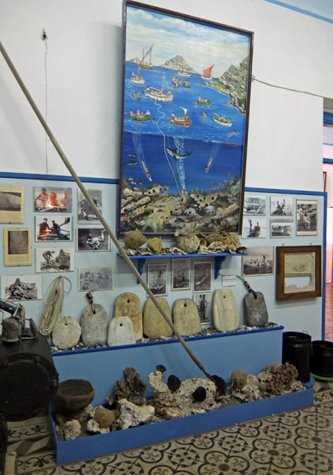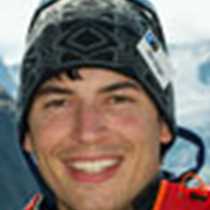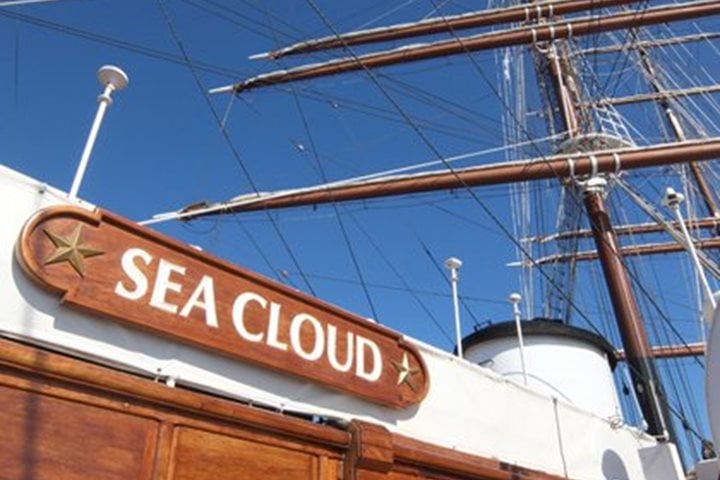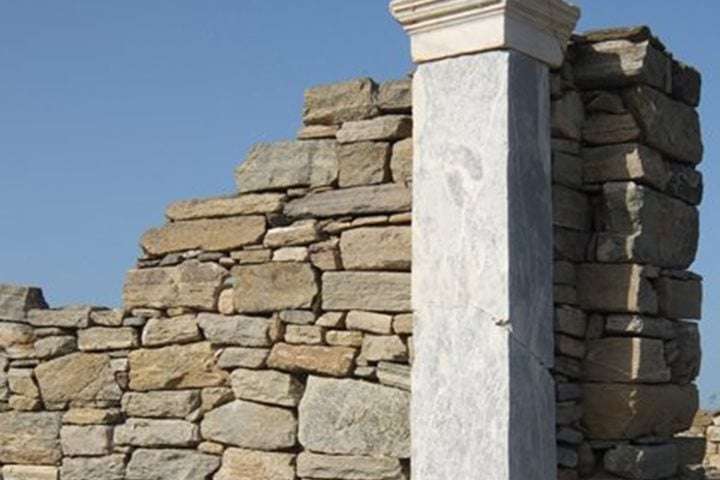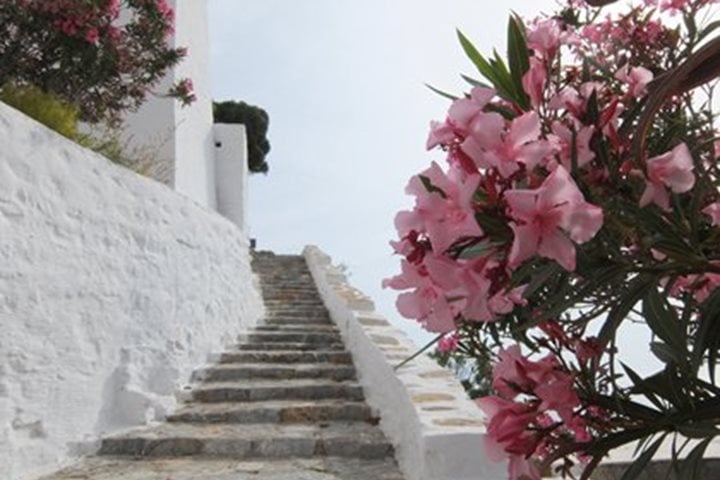With the god Boreas of the north wind blowing cold and mighty, Sea Cloud took shelter in the center of the Aegean behind the steep cliffs of the island of Amorgos. Amorgos is the southeastern-most of the Cycladic islands before the Aegean gap to the Dodecanese Islands and the Turkish Coast to the east. We drifted behind the island through the night, and early risers were rewarded with magnificent sunrise light on the sheer limestone cliffs, illuminating a waterfall of cloud spilling over the ridges. Midway down the cliff, pasted to the limestone walls was the dramatic 11th century Monastery of Hozoviotissa, now whitewashed to stand out from the rocks that camouflaged it so well for centuries. The monastery had been one of the most powerful in the Aegean world when Amorgos was the “Byzantine” border with the growing Islamic world. Many of us braved the cold winds for fantastic sunrise photos.
At 0800 Captain Pushkarev sent the crew aloft to prepare some of the sails for setting, and we watched with awe and anxiety as the sailors free-climbed the ratlines aloft and went out on the howling yard-arms to untie the gaskets set the sails in their gear. The strong winds meant that we were only setting the lower and upper topsails and a few of the staysails, and still the ship was heeling and sailing at over 7 knots as we made our way across the central Aegean. At 1000 marine archaeologist Rebecca Ingram gave a talk on the fascinating field of nautical archaeology, preparing us for our visit to the Underwater Archaeology Museum in Bodrum Castle later in the voyage. Captain Pushkarev added the topgallants and jibs later in the morning, and we had an exhilarating sail on a strong broad reach.
However, a square-rigger has no brakes and we were making such speed that we soon would run out of room before reaching the Dodecanese Islands and the Turkish Coast. With the winds increasing for the evening, we opted to take in the sails, and all of us watched with excitement as the sailors hauled down the jibs and staysails and clewed up the square sails in the heavy winds of the afternoon. And then we decided to try to find shelter for the evening in the sponge-fishing harbor of Pothias on the island of Kalymnos, where Sea Cloud had never been before.
Captain Pushkarev anchored the ship outside the breakwater and took a Zodiac into the inner harbor to have a look at the wind and docking conditions. He then came back and sent the Zodiac back in to help with the mooring lines, as he skillfully brought the ship in toward the small jetty. The port anchor was dropped near the pier to pivot the ship alongside the dock, and the starboard rail snugged up to the dock and we were secure for the evening! Our guides Sophia and Effie gave us an improvised introduction to this active sponge-fishing harbor, and we even got the small nautical museum to open especially for us. It is very significant to our voyage because the marine archaeologists first recruited the sponge fishermen to look for amphoras, ingots of copper and tin, and other items of interest to locate ancient shipwreck sites that would later be excavated. Many of us ate dinner ashore at local tavernas or took a walk after dinner around the harbor, where Sea Cloud was unquestionably the talk of the island of Kalymnos for the entire night.

